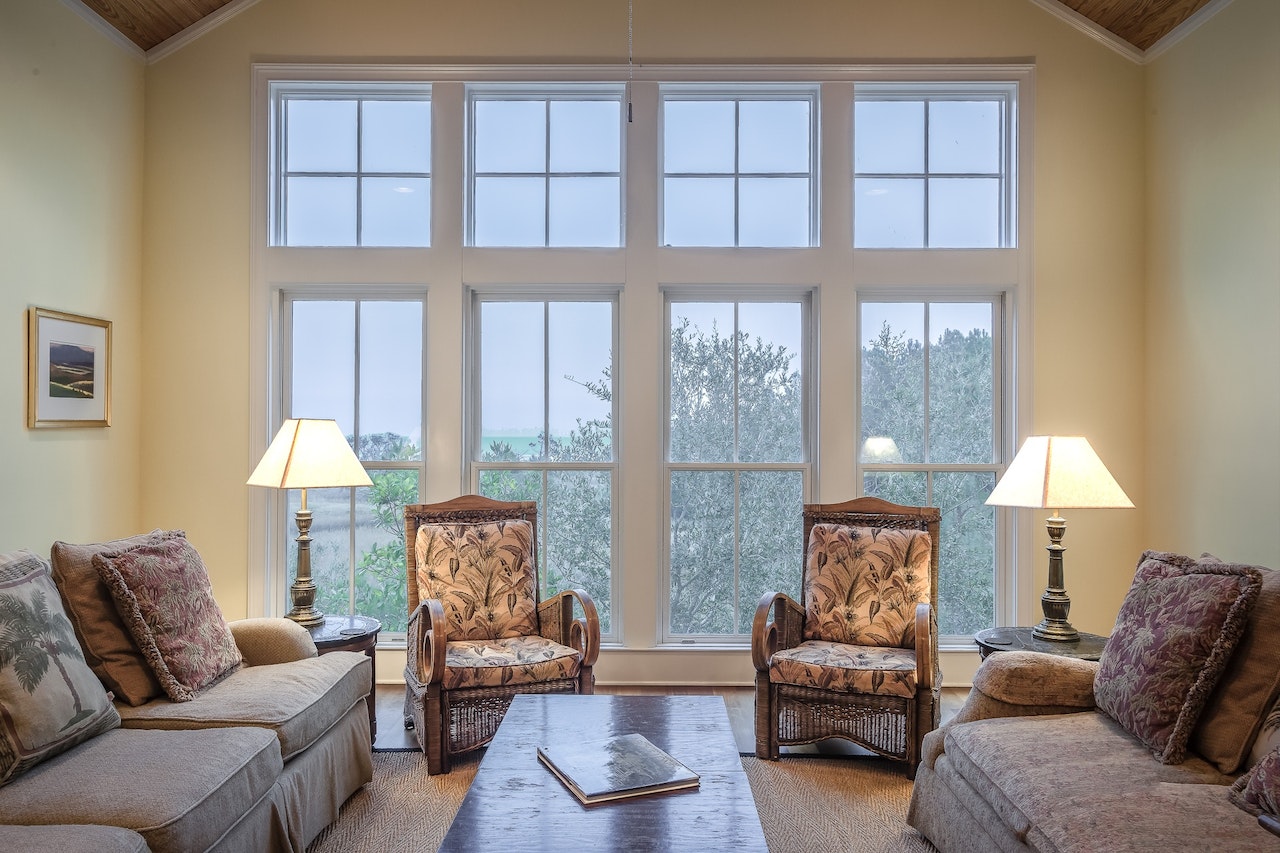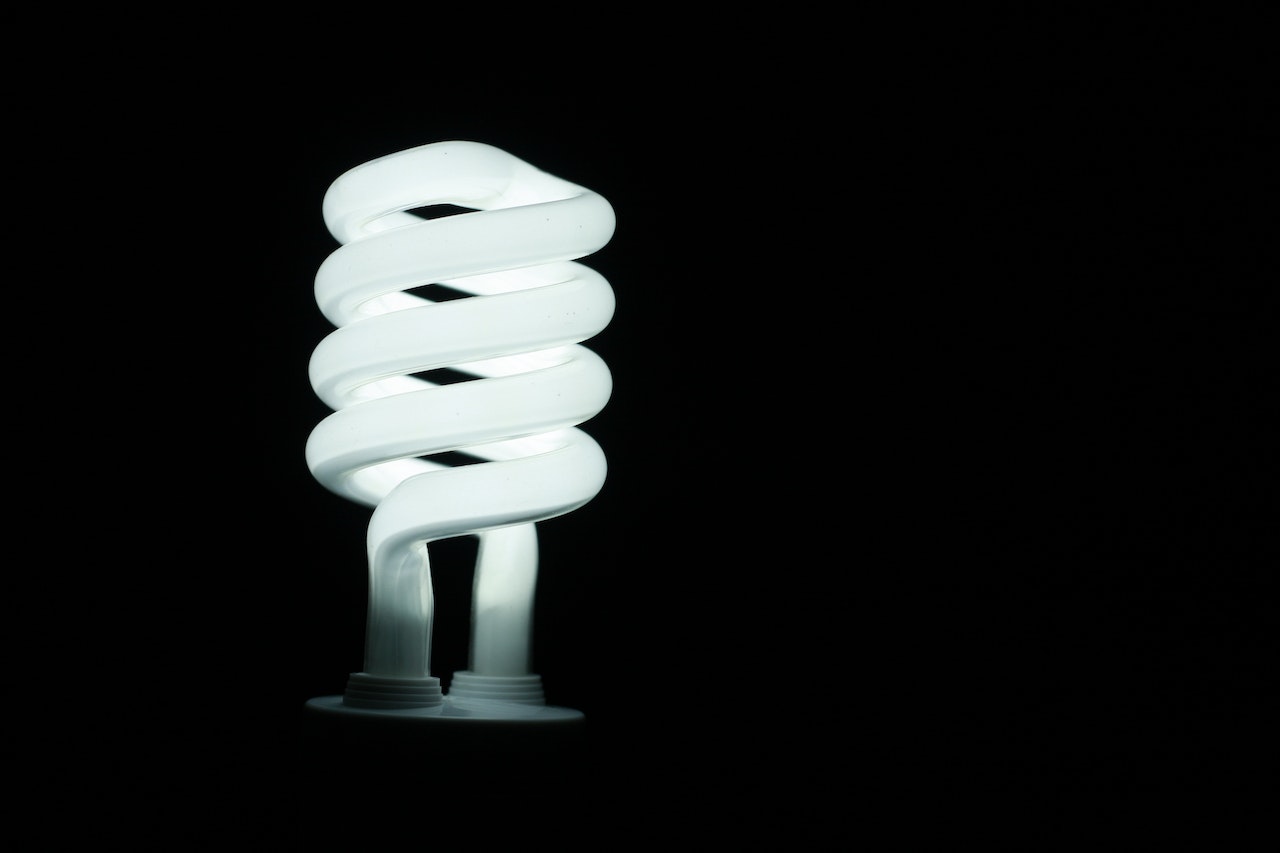Welcome to our blog post on tips to make your home energy-efficient. In today’s day and age, where sustainability is becoming increasingly important, finding ways to reduce energy consumption in our homes has never been more crucial. Not only will it help the environment, but it can also save you some serious cash on your utility bills. Some people believe that it is important to upgrade home amenities. This is because of different reasons. So join us as we dive into some simple yet effective strategies that can transform your humble abode into an energy-saving haven. From upgrading insulation to installing energy-efficient windows, get ready for a home makeover that will not only benefit you but also Mother Earth.

Install Energy-Efficient Windows
When it comes to making your home more energy-efficient, installing energy-efficient windows is a smart move. These windows are designed to minimize heat transfer and reduce the amount of air leakage, helping you save on both heating and cooling costs. Energy-efficient windows typically have multiple panes of glass with low-emissivity (low-E) coatings that reflect heat back into your home during winter months and block out heat during summer. Additionally, they often have gas fills between the panes to provide extra insulation. Not only do these windows help you save money on your utility bills, but they also improve the comfort of your living space by reducing drafts and eliminating hot or cold spots near windows. Plus, their superior insulation properties can help dampen outside noise for a quieter indoor environment.
Upgrade Insulation
When it comes to making your home energy-efficient, one of the most important steps you can take is upgrading your insulation. Good insulation acts as a barrier against heat loss in the winter and heat gain in the summer, keeping your home at a comfortable temperature year-round. Start by checking your attic insulation. Many older homes have inadequate or outdated insulation that simply doesn’t do its job effectively anymore. Adding more insulation can make a significant difference in reducing energy waste. Another area to focus on is sealing any gaps or cracks where air might be escaping. This includes areas around windows, doors, and electrical outlets.
Seal Air Leaks
When it comes to making your home energy-efficient, one important step is to seal air leaks. These pesky gaps and cracks can allow drafts to enter your home, causing you to crank up the heating or cooling system and wasting valuable energy in the process. The first place you should check for air leaks is around doors and windows. Apply weatherstripping or caulking to any gaps that you find. Additionally, make sure that your windows are properly sealed, and consider adding storm windows for added insulation. Don’t forget about other areas of potential leakage, such as electrical outlets, baseboards, and pipes. Use expanding foam or caulk to fill in these gaps and keep conditioned air from escaping.

Upgrade to LED Lighting
LED lighting has become increasingly popular in recent years and for good reason. Not only do LED lights consume less energy than traditional incandescent bulbs, but they also have a longer lifespan, making them a cost-effective choice for homeowners. One of the main benefits of upgrading to LED lighting is that it can significantly reduce your electricity bills. LED bulbs use less energy than incandescent bulbs, which means you’ll see substantial savings on your monthly utility costs. Plus, since LED lights last much longer than traditional ones, you won’t have to replace them as often. In addition to being energy-efficient and cost-effective, LED lighting also offers better-quality illumination.
Remember, being mindful of our daily habits like turning off lights when not needed or adjusting thermostats can further amplify the overall impact on conserving energy. Let’s embrace these practices with enthusiasm and encourage others around us to do the same. Together, we can make a significant difference in building a brighter, greener future while enjoying the comfort and savings that come with an energy-efficient home. Do you have any tips for making your home more energy-efficient? We’d love to hear them. Share your ideas in the comments below.

